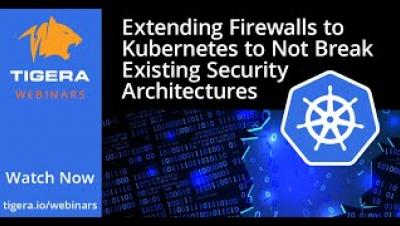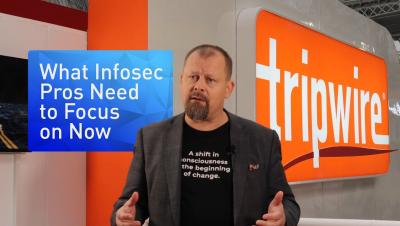Security | Threat Detection | Cyberattacks | DevSecOps | Compliance
%term
Why Can't We Be Friends? - Kubernetes in a Zone-Based Architecture World
The future of supply chain management
Currently, we’re in a period of growth for supply chain management. With the digital revolution bringing industry players around the globe closer together, business operations have expanded for companies big and small. As both business owners and consumers, we’re experiencing the changes every step of the way as well. Each change brings with it a new set of challenges and benefits.
Anne-Marie Eklund Löwinder: "I was good at making others' code stop running very early on."
She’s the CISO of The Internet Foundation of Sweden (IIS) and one of 14 trusted individuals to hold a Key to the Internet, which means the DNSSEC key generation for the internet root zone. Anne-Marie Eklund Löwinder is also one of the few Swedes who have been inducted into the Internet Hall of Fame.
Cybersecurity Quick Tips: Kai Roer on What Security Professionals Need to Focus on Now
Cybersecurity Quick Tips: How to Get Started in Cybersecurity with Kai Roer
Multi-Cloud Security Best Practices Guide
A multi-cloud network is a cloud network that consists of more than one cloud services provider. A straightforward type of multi-cloud network involves multiple infrastructure as a service (IaaS) vendors. For example, you could have some of your cloud network’s servers and physical network provided by Amazon Web Services (AWS), but you’ve integrated that with your servers and physical networking that’s provided by Microsoft Azure.
Thousands of NHS computers are still running Windows XP from beyond the grave
Two years after the WannaCry ransomware outbreak shone a light on the computer security of the UK’s National Health Service, and five years after Microsoft said it would no longer release patches for Windows XP, the NHS still has 2300 PCs running the outdated operating system. The worrying statistic came to light in the response to a parliamentary question asked by shadow minister Jo Platt MP. The fact that 2,300 NHS computers are still running Windows XP is, obviously, not great news.
PCI DSS: Testing Controls and Gathering Evidence
Compliance with the Payment Card Industry Data Security Standard (PCI DSS) is not easy to achieve. Quite the opposite, in fact: A 2017 Verizon report stated that 80 percent of companies fail their PCI DSS assessments, and only 29 percent of those that pass are still compliant after one year. PCI DSS compliance, like information security as a whole, is not a one-and-done process but ongoing. To succeed, your enterprise must be vigilant.
Newly identified StrongPity operations
Alien Labs has identified an unreported and ongoing malware campaign, which we attribute with high confidence to the adversary publicly reported as “StrongPity”. Based on compilation times, infrastructure, and public distribution of samples - we assess the campaign operated from the second half of 2018 into today (July 2019). This post details new malware and new infrastructure which is used to control compromised machines.









